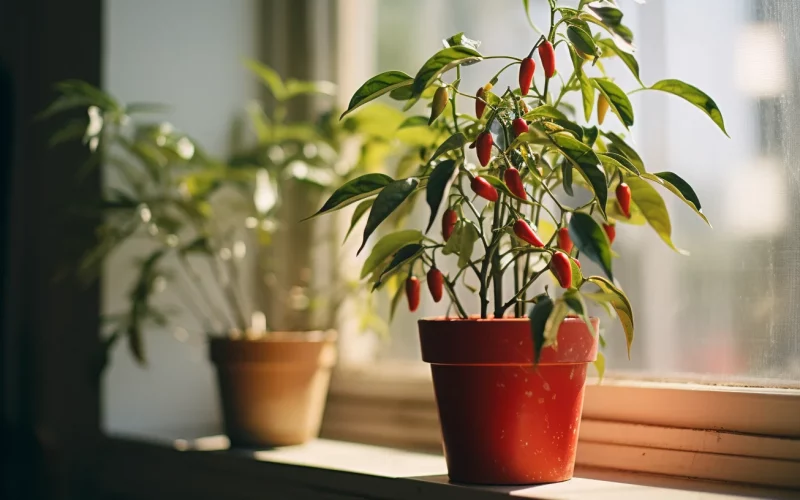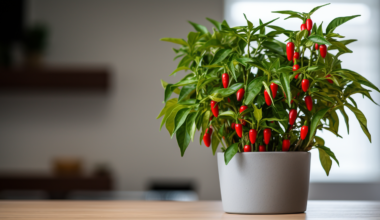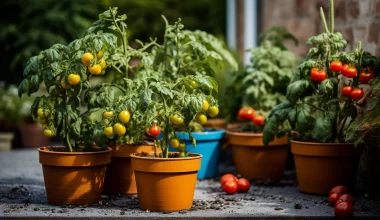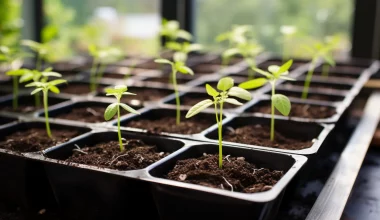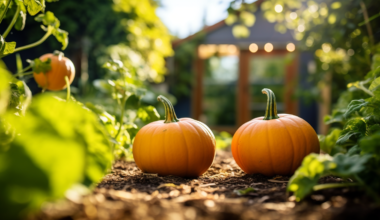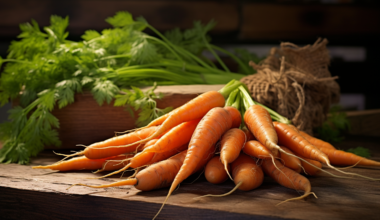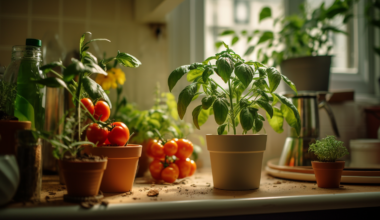Are you a chilli enthusiast with a green thumb? Are you looking to embark on an exciting gardening journey by growing your own chilli peppers? Look no further!
In this beginner’s guide, we’ll explore the easiest chilli peppers to grow, whether you have limited space indoors, a flourishing home garden, or live in various climates. Get ready to spice up your life and experience the joy of homegrown chillies!
Growing Chilli Peppers Indoors
If you’re limited on outdoor space or live in a region with colder climates, don’t worry! Growing chilli peppers indoors is a fantastic option that allows you to enjoy a bountiful harvest. Here are a few key points to consider:
- Choosing the Right Varieties: Opt for compact and dwarf chilli pepper varieties that are well-suited for indoor cultivation. Some excellent choices include Thai Dragon, Jalapeno M, or Apache.
- Light and Temperature: Place your chilli plants near a sunny windowsill or use artificial grow lights to provide them with sufficient light. Maintain temperatures between 70-85°F (21-29°C) for optimal growth.
- Container Selection: Select well-draining containers with adequate drainage holes to prevent waterlogging. Ensure the pots are large enough to accommodate the root system of the chilli plants.
- Soil and Watering: Use a high-quality, well-draining potting mix enriched with organic matter. Water your chilli plants thoroughly when the top inch of soil feels dry, but avoid overwatering, as it can lead to root rot.
- Pollination: Since indoor environments lack natural pollinators, assist in pollination by gently shaking the plants or using a small brush to transfer pollen between flowers.
Growing Chilli Peppers in a Home Garden
If you have a small backyard or even a sunny balcony, growing chilli peppers in a home garden can be a rewarding experience. Here’s what you need to know:
- Selecting the Right Varieties: Choose chilli pepper varieties that are known for their adaptability and resilience. Some popular options for home gardens include California Wonder, Cayenne, or Hungarian Wax.
- Sunlight and Soil: Chilli peppers thrive in full sunlight, so select a location that receives at least 6-8 hours of direct sunlight each day. Ensure the soil is well-drained, loamy, and rich in organic matter.
- Planting and Spacing: Start seeds indoors 6-8 weeks before the last frost date or purchase young plants from a local nursery. Space the plants approximately 18-24 inches apart to allow proper airflow and prevent overcrowding.
- Watering and Fertilising: Provide consistent moisture to your chilli plants by watering deeply but infrequently. Mulching around the plants helps retain soil moisture. Use a balanced organic fertilizer every few weeks to promote healthy growth.
- Pest and Disease Management: Monitor your plants regularly for common pests like aphids or spider mites. Employ organic pest control methods such as neem oil or insecticidal soap if necessary. Proper spacing and good airflow can also help prevent diseases.
Growing Chilli Peppers in Different Climates
No matter where you live, there are chilli pepper varieties that can thrive in your specific climate conditions. Consider the following tips:
- Hot Climates: In regions with scorching summers, choose heat-tolerant chilli pepper varieties such as Habanero, Scotch Bonnet, or Thai Bird’s Eye. Provide afternoon shade, mulch the soil, and water deeply during prolonged dry spells.
- Cooler Climates: For cooler regions with shorter growing seasons, opt for quick-maturing varieties like Early Jalapeno, Bulgarian Carrot, or Numex Twilight. Start seeds indoors early, and use season-extending techniques like row covers or greenhouses.
- Humid Climates: In humid environments prone to fungal diseases, select disease-resistant chilli pepper varieties like Carolina Reaper, Hungarian Hot Wax, or Bulgarian Carrot. Ensure good airflow, avoid overhead watering, and use organic fungicides if needed.
- Mediterranean Climates: Mediterranean regions with mild winters and warm summers are ideal for a wide range of chilli pepper varieties. Experiment with diverse options such as Anaheim, Poblano, or Serrano to find your favorites.
Conclusion
Growing chilli peppers at home can be a delightful and rewarding experience. Whether you have limited space indoors, a thriving home garden, or live in various climates, there are plenty of options for beginners to choose from. Remember to select the right varieties, provide proper care in terms of light, water, and soil, and be attentive to specific climatic needs. With a little patience and love, you’ll soon be harvesting your own fiery, homegrown chilli peppers. Happy growing!
